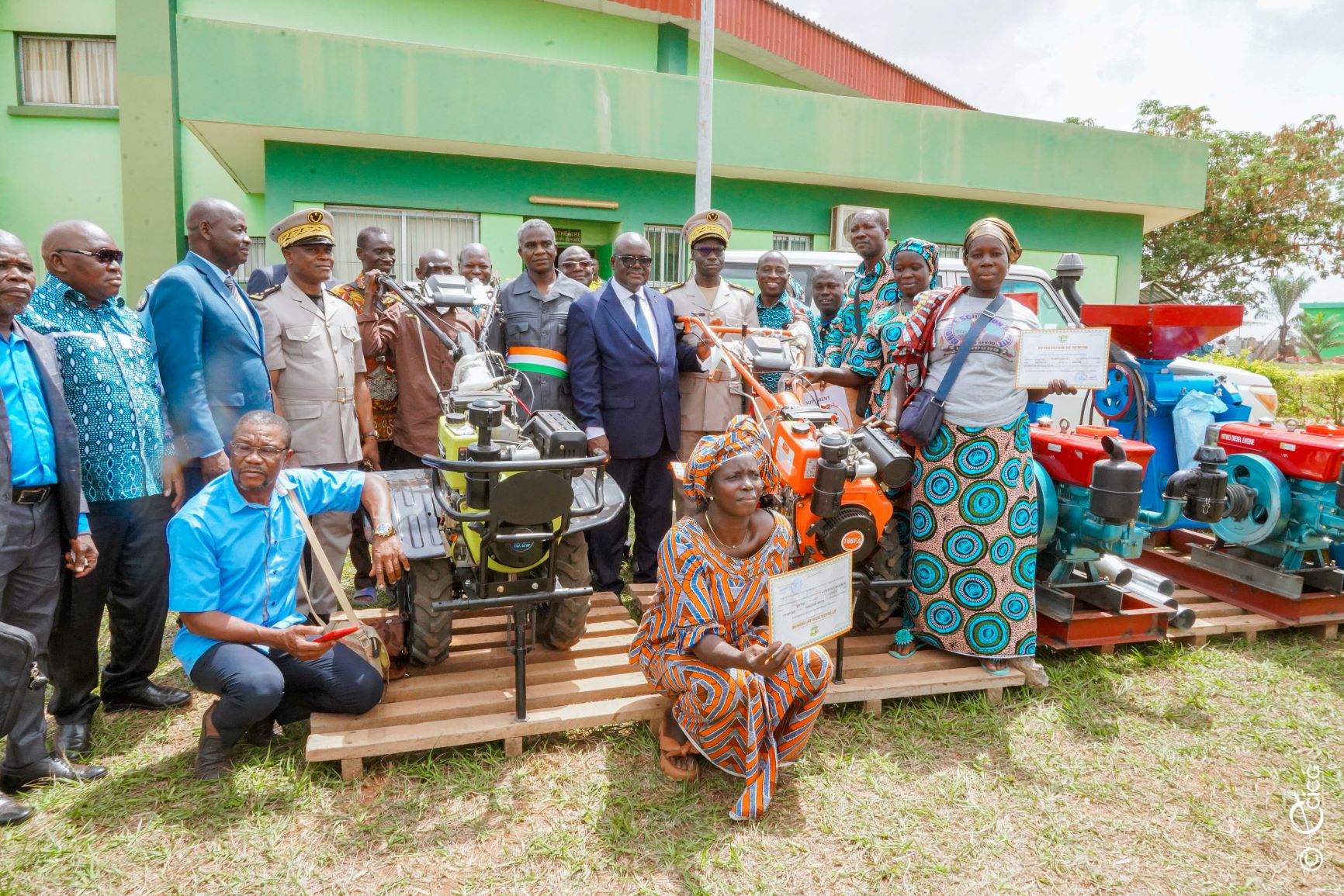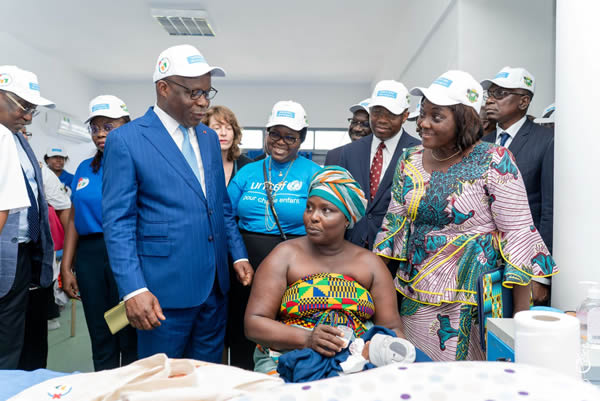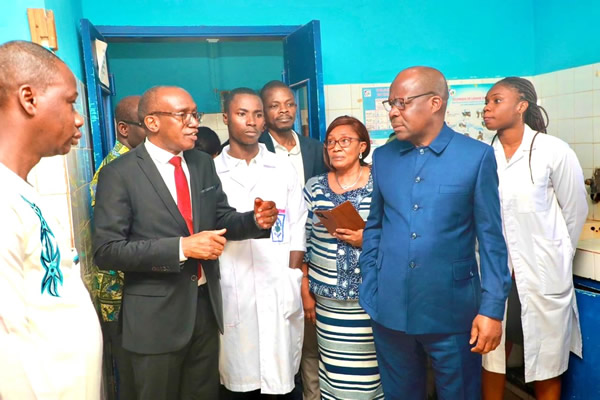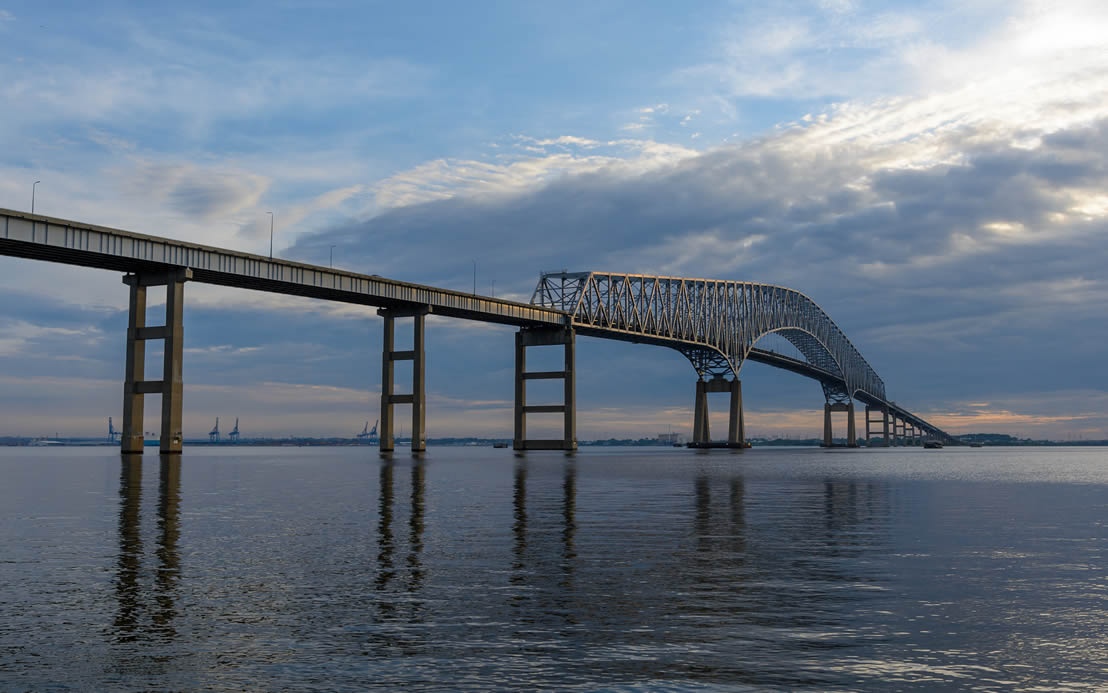Baltimore Bridge Collapses After Cargo Ship Collision - Tragedy Strikes Francis Scott Key Bridge
In a dramatic turn of events early Tuesday morning, the city of Baltimore faced a catastrophe as a major bridge, the Francis Scott Key Bridge, collapsed following a collision with a cargo ship. The incident, which occurred at the vital artery of the Patapsco River, has plunged several vehicles into the river's chilly waters, prompting a massive rescue operation.
The Impact and Aftermath
The collision, captured on video shared widely on social media platforms like X (formerly known as Twitter), depicted the horrifying moment when the vessel struck one of the bridge supports, leading to multiple breaks in the roadway and subsequent collapse. Thick plumes of black smoke billowed from the ship, indicating a fire onboard, further complicating the situation.
"This is a dire emergency," stated Kevin Cartwright, the director of communications for the Baltimore Fire Department, emphasizing the severity of the situation. With the collapse unfolding as a "developing mass casualty event," emergency responders sprang into action, their primary focus on rescuing and recovering individuals impacted by the disaster.
Rescue Efforts and Search Operations
As emergency responders mobilized to the scene, reports indicated that between seven to twenty individuals were potentially submerged in the river. Despite the challenges posed by the collapsed bridge and the hazardous conditions, rescue operations commenced promptly, with teams scouring the waters for any signs of survivors.
"Our focus right now is trying to rescue and recover these people," Cartwright affirmed, underscoring the urgency of the situation. With cargo from the ship dangling precariously from the remnants of the bridge, the rescue operation was further complicated, requiring meticulous planning and execution to ensure the safety of all involved.
State of Emergency and Collaborative Response
In response to the unfolding crisis, Maryland Governor Wes Moore declared a state of emergency, signaling a coordinated effort to address the aftermath of the bridge collapse. Efforts to secure federal resources were underway, emphasizing the need for a unified response to mitigate the impact of the disaster.
With agencies inundated with emergency calls reporting the collision, authorities raced against time to assess the extent of the damage and the scale of the casualties. The closure of the bridge, a critical transportation artery, prompted swift action to divert traffic and minimize disruptions to the region's connectivity.
Previous Incidents and Community Resilience
The Francis Scott Key Bridge collapse adds to Baltimore's history of grappling with unforeseen disasters. In 2001, a freight train derailment in downtown Baltimore resulted in a hazardous materials fire, underscoring the city's resilience in the face of adversity.
As the community rallies behind the ongoing rescue efforts, Mayor Brandon M. Scott and Baltimore County Executive Johnny Olszewski Jr. reassured residents that emergency personnel were fully engaged in the response. With updates continuing to emerge on social media platforms and official channels, the city remains vigilant in its response to this unprecedented tragedy.
Conclusion
The Baltimore bridge collapse following a cargo ship collision has plunged the city into turmoil, prompting a massive rescue operation and concerted efforts to address the aftermath of the disaster. As the community bands together in solidarity, the response to this crisis underscores the resilience and resolve of Baltimore in the face of adversity.










